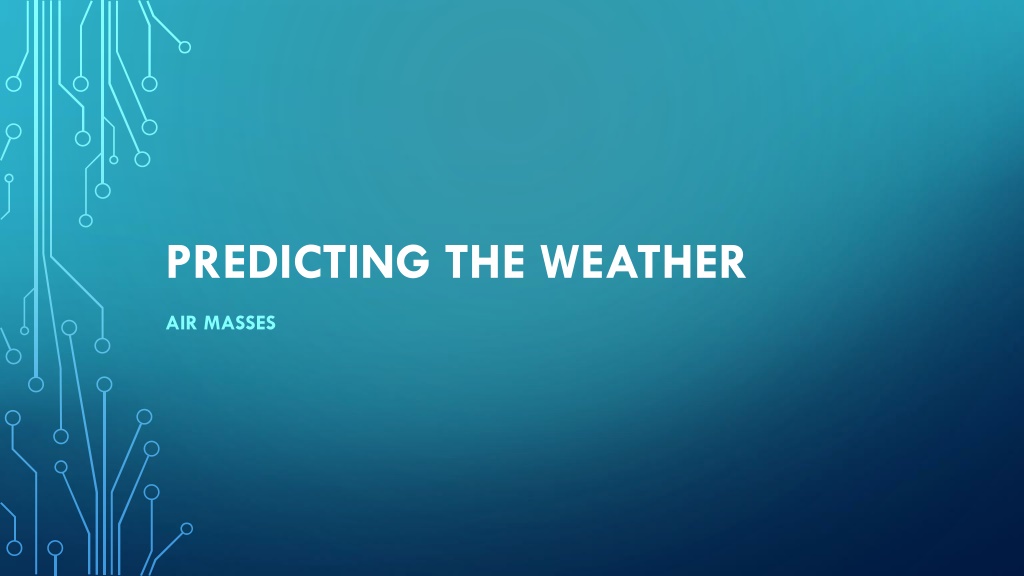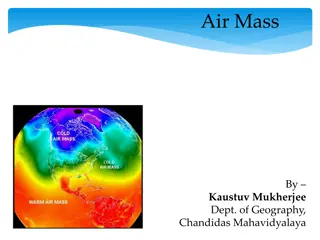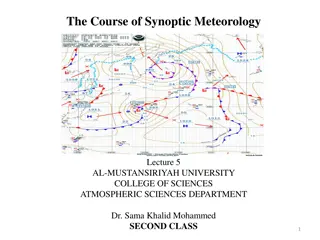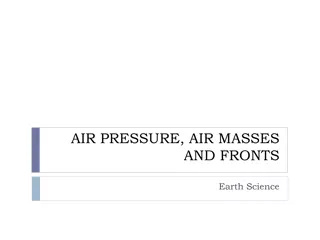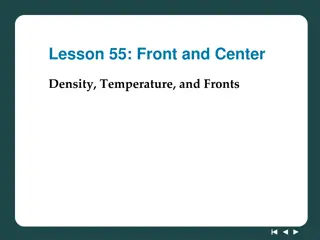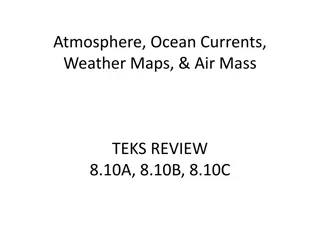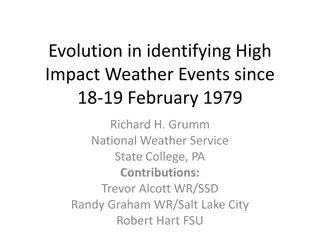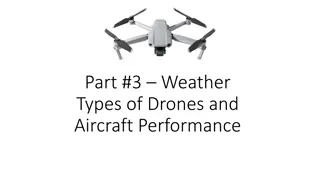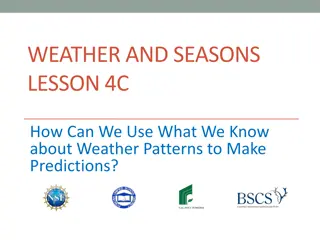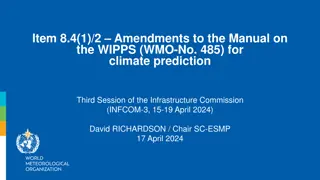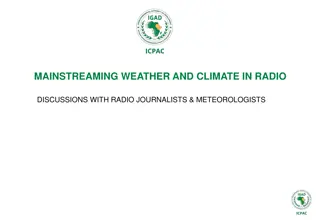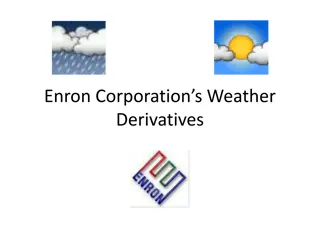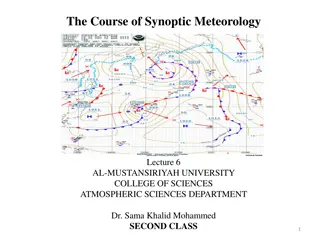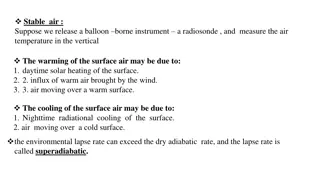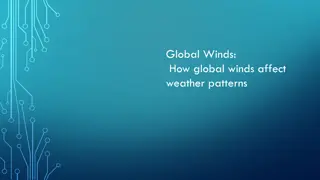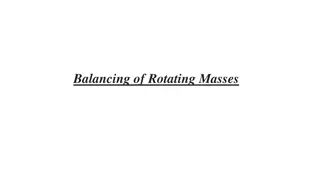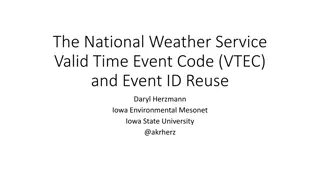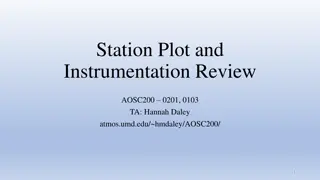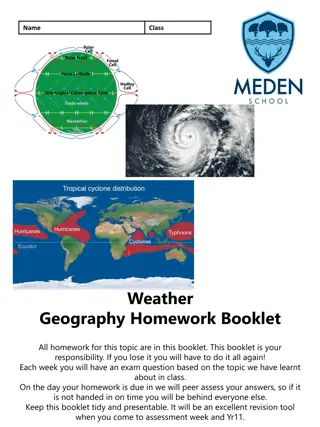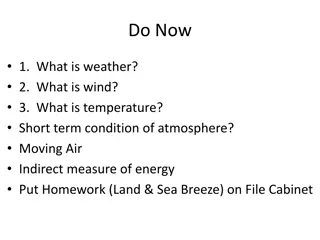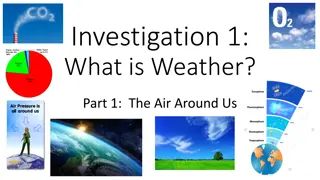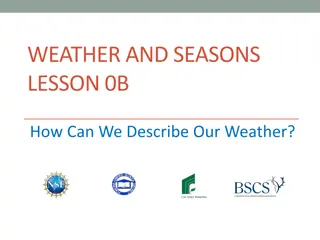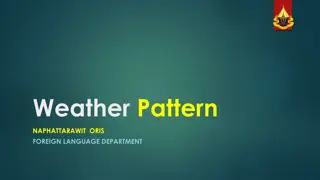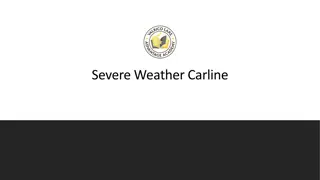Understanding Air Masses in Weather Prediction
Air masses play a crucial role in weather patterns. They are large bodies of air with consistent temperature and humidity characteristics. Different types of air masses, such as Continental Polar and Maritime Tropical, influence weather conditions based on their properties. Weather fronts form where air masses collide, affecting temperature and moisture levels. Meteorologists use weather maps to track air mass movements for accurate weather forecasting.
Download Presentation

Please find below an Image/Link to download the presentation.
The content on the website is provided AS IS for your information and personal use only. It may not be sold, licensed, or shared on other websites without obtaining consent from the author. Download presentation by click this link. If you encounter any issues during the download, it is possible that the publisher has removed the file from their server.
E N D
Presentation Transcript
PREDICTING THE WEATHER AIR MASSES
Air Masses An air mass is a large body of air with about the same temperature and humidity throughout. Humidity is the amount of moisture in the air.
Air Masses An air mass can cover thousands of square miles. There are four basic types of air masses: Continental Polar, Maritime Polar, Continental Tropical, Maritime Tropical
Colder air masses are termed polar or arctic. Warmer air masses are deemed tropical. Continental air masses are dry. Tropical air masses are moist. Weather fronts separate air masses with different density (temperature and/or moisture) characteristics.
Air Masses 1.Continental polar cold and dry, form over land near the poles 2.Maritime polar - cold and humid, form over water near the poles 3.Continental tropical warm and dry, form over land near the equator 4.Maritime tropical warm and humid, form over water near the equator There is also a 5th type, continental arctic dry and frigid air, rarely makes it far enough south to affect weather patterns.
AIR MASSES Weather maps are used to help scientists follow and track the movement of air masses.
Brain Pop What is Weather? https://www.brainpop.com/science/weather/weather/
